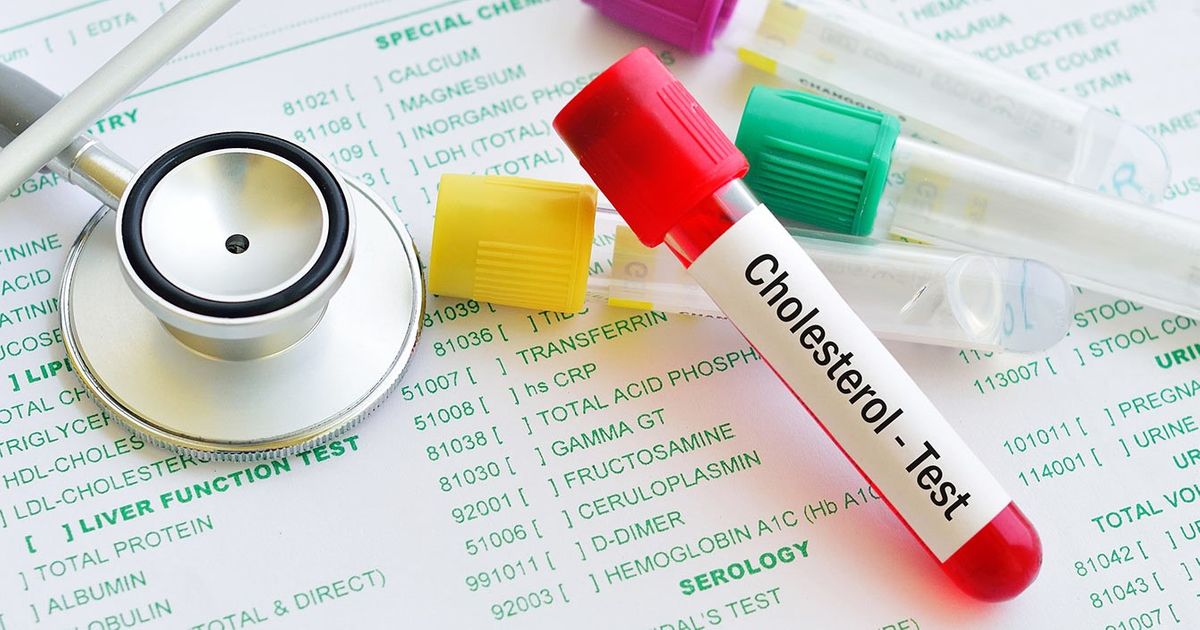Common Symptoms Of Hyperlipidemia
Knowing what hyperlipidemia can do to the body is very important. However, it is the symptoms of this condition everyone should understand. There are no runny noses or rashes to observe. Proper handwashing will not help prevent this, and it is not contagious either. The common symptoms of hyperlipidemia are easily seen by the naked eye and are usually only found when the levels are very high.
However, the strong correlation between the symptoms and the condition is life-threatening, especially if it goes unchecked. The more individuals know about hyperlipidemia and its significance to their body, the better health they can have. Reveal the most common symptoms of hyperlipidemia now.
Increased Blood Pressure

Just as pieces of food in the kitchen sink keep the water from flowing into the drain properly, blood may not be able to get where it needs to go. The clogs make the heart work harder at higher levels of pressure to force the blood through the body, and the symptom of increased blood pressure, also called high blood pressure or hypertension, will happen. This is a very dangerous symptom because it develops slowly over time.
Many individuals do not know their heart is working harder and harder. If the pressure becomes too high, there can be damage to the arterial walls and the heart. The heart may grow larger to try to pump more efficiently, but eventually, it starts to wear out, and more symptoms start to develop. It is not a cause to diagnose hyperlipidemia on its own, but the increased pressure can signify there could be hyperlipidemia in the body.
High Cholesterol And Triglycerides

Cholesterol is a waxy, fatty substance the body needs, but only in the right amount. How your body uses this oily substance in the blood is called lipidemia. Hyperlipidemia is when there is a high amount of fat. Cholesterol is made by the liver and from the foods individual eat. Dairy products, fried foods, bacon, palm oil, hamburgers, and eggs all contain cholesterol that can cause the liver to make more. Triglycerides are also a type of fat present in the body. When individuals eat, their body gets the nutrients it needs from the calories, and what is left over is converted into triglycerides.
The symptoms of high cholesterol and triglycerides are visual proof in cholesterol screenings the body has too much cholesterol and fats within it, which also indicates hyperlipidemia. This matters because, as this waxy substance floats around in the blood, it can stick to various areas and clog up the blood flow. The hardened regions of cholesterol are called atherosclerosis. They can narrow the size of the blood vessel or completely block it off.
